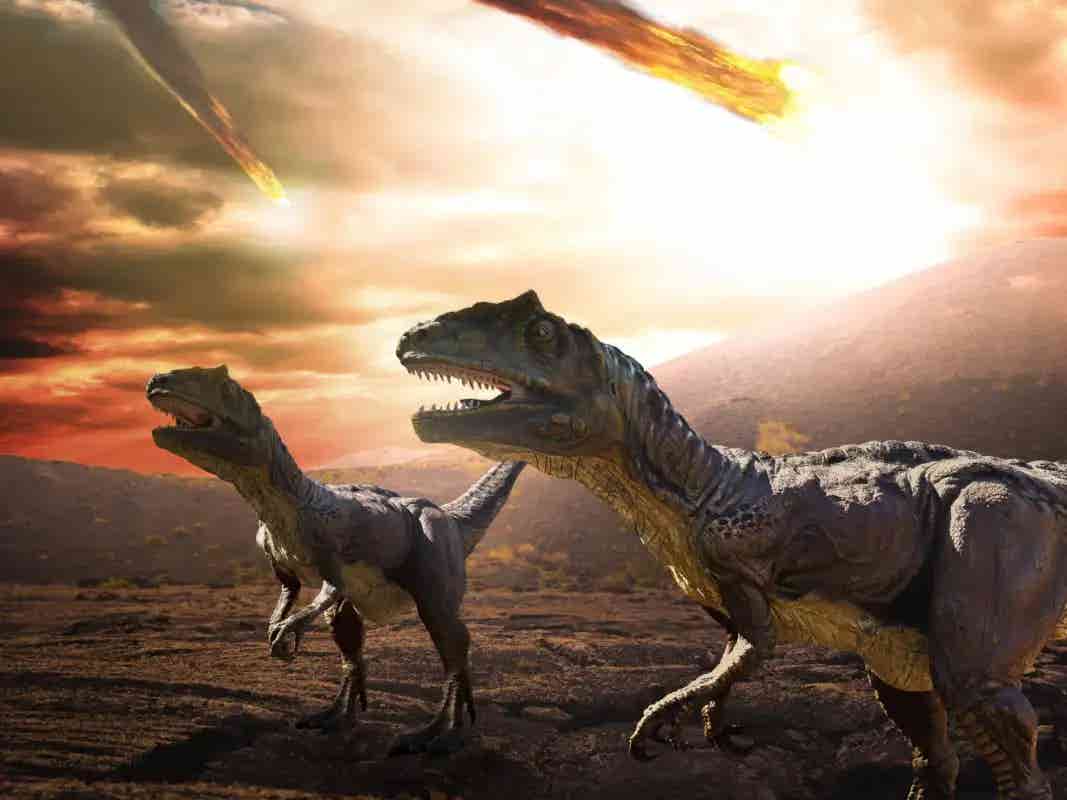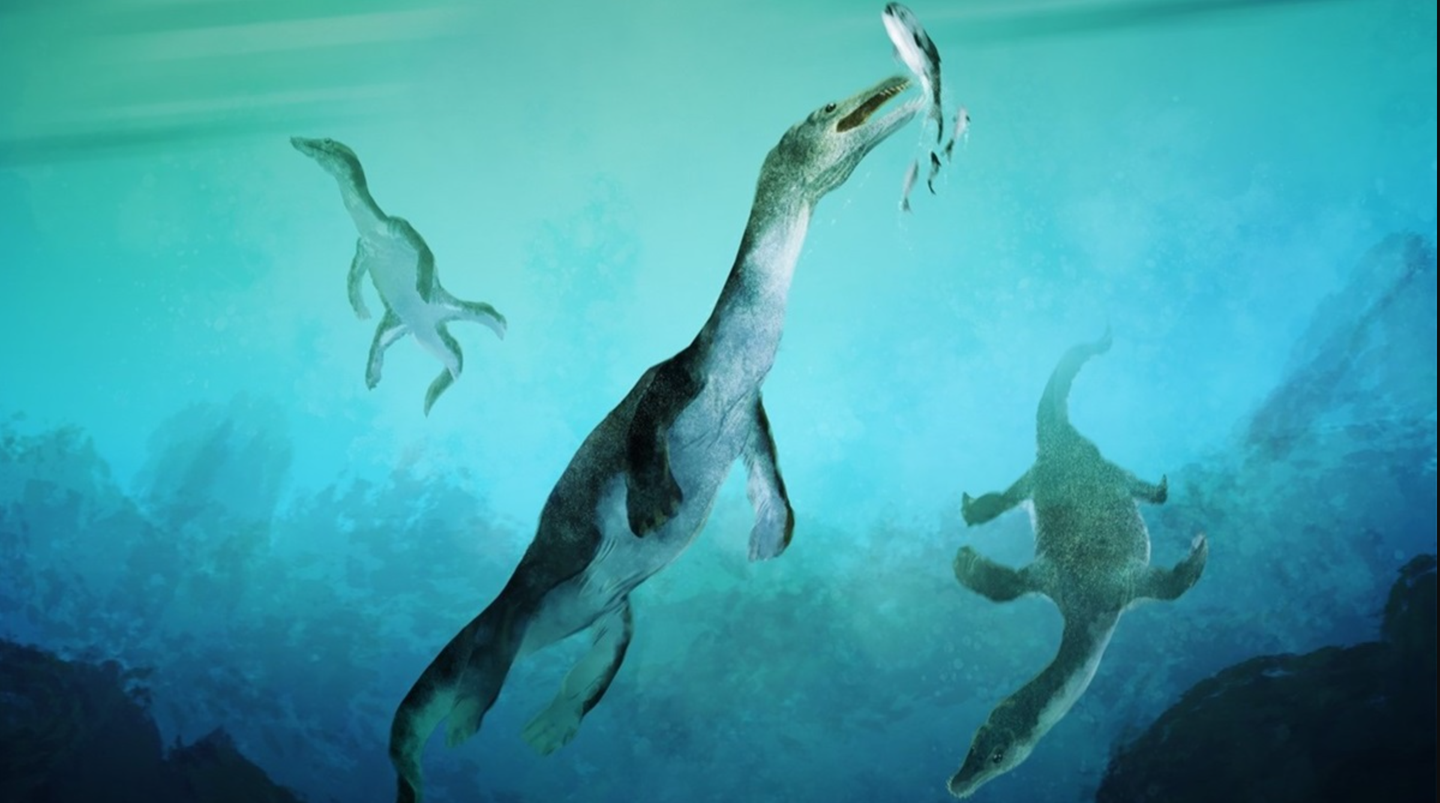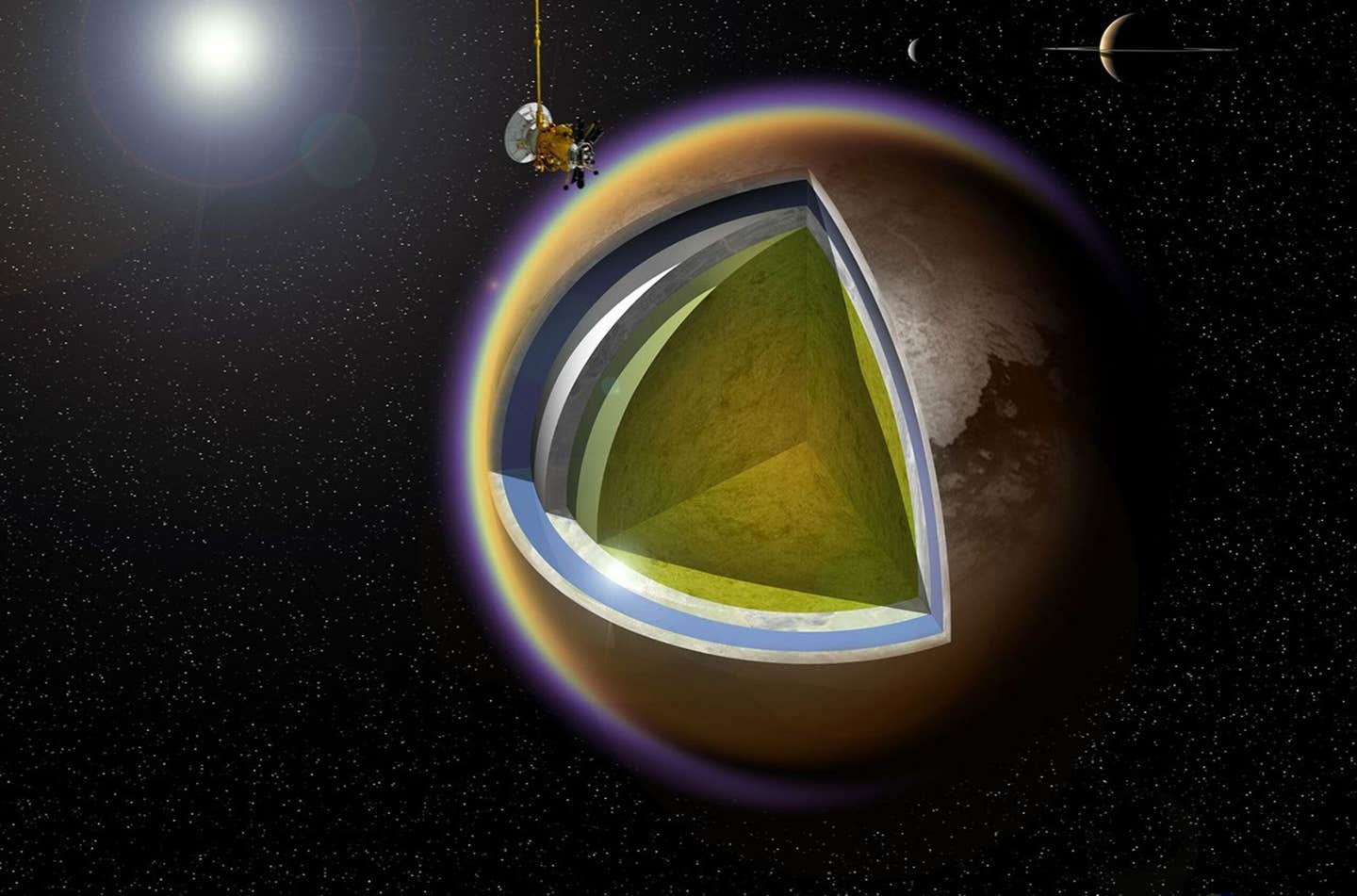New study reveals the devastating force that drove dinosaurs to extinction
For decades, scientists have debated what wiped out the dinosaurs 66 million years ago.

This novel computational method not only provides a fresh perspective on the age-old dinosaur extinction debate but also promises exciting possibilities for understanding other enigmatic events in Earth’s history. (CREDIT: Creative Commons)
For decades, scientists have debated what wiped out the dinosaurs 66 million years ago. The usual suspects? A massive asteroid or powerful volcanic eruptions. But now, researchers from Dartmouth University are using cutting-edge computing to rethink that question without human assumptions clouding the view.
Their new study, featured in Science, uses a bold modeling method powered by 130 linked computers. These machines dig through huge piles of geological and climate data to trace how events unfolded during Earth's most famous extinction.
“We flipped the usual approach,” said Alex Cox, lead author and a grad student in Earth Sciences at Dartmouth. “Most models predict the future. We modified a carbon-cycle model to work backward, using the results to find the cause… our model shows us how we ended up with the geological record we have.”
This model didn’t just skim the surface. It used machine learning to comb through more than 300,000 possible scenarios. Each one tested different combinations of carbon dioxide levels, sulfur dioxide emissions, and biological activity over a million-year span around the extinction.
The team relied on Markov Chain Monte Carlo, a machine learning method similar to your phone’s text predictions. This helped their system pinpoint the scenarios that best matched the fossil and rock records left behind after the mass extinction.
The extinction itself—known as the K–Pg event—shattered life on Earth. Food chains collapsed. A toxic mix of sun-blocking sulfur, heat-trapping carbon dioxide, and airborne debris made temperatures swing wildly from freezing to boiling.
Did asteroids or volcanoes kill off the dinosaurs?
For years, many scientists believed massive volcanic eruptions were to blame. That theory shifted when a giant impact crater, Chicxulub, was found in Mexico. Its discovery pointed to a killer asteroid. But others now argue both disasters played a role—the asteroid striking a planet already weakened by eruptions in western India’s Deccan Traps.
Related Stories
Brenhin Keller, assistant professor at Dartmouth and study co-author, wanted to let the code tell the story. “We wanted to see what you would get if you let the code decide,” he explained. The model’s answer? The volcanic gases alone, without any asteroid, could’ve triggered global collapse.
The Deccan Traps weren’t gentle. Over about a million years, they released a staggering 10.4 trillion tons of carbon dioxide and 9.3 trillion tons of sulfur. Eruptions started roughly 300,000 years before the asteroid struck Earth.
Keller, who has linked four of Earth’s five mass extinctions to volcanic events, underscored the study’s significance. “This is the first independent estimation of volatile emissions… consistent with emissions from the Deccan Traps,” he said.
While the model exposed a sharp decline in organic carbon in the ocean around the Chicxulub impact, suggesting significant species loss, it discerned no dramatic uptick in carbon or sulfur dioxide emissions at the time. This implies the asteroid's role in the extinction might not be as reliant on gas emissions as previously theorized.
Drawing parallels, Cox highlighted that from 2000 to 2023, burning fossil fuels has injected approximately 16 billion tons of carbon dioxide into the atmosphere annually. While concerning, it would take thousands of years to rival the emissions from the Deccan Traps.
Cox, on the model's accuracy, stated, "Most heartening is that the results we achieved are broadly physically plausible."
Innovation and Beyond
By integrating processors, the data analysis duration shrunk dramatically, from potentially years to mere hours. This pioneering technique, according to Cox, is primed to reverse engineer other earth systems models, evaluating known geological outcomes to discern leading factors.
"This type of parallel inversion hasn't been done in earth sciences models before. Our method can be scaled up… it's quite resistant to human bias," Cox added. He humorously noted that peers seemed more captivated by the novel methodology than the research's actual findings.
In wrapping up, it appears that this novel computational method not only provides a fresh perspective on the age-old dinosaur extinction debate but also promises exciting possibilities for understanding other enigmatic events in Earth's history.
Earth's five mass extinctions
Earth's five mass extinctions are major events in history where large percentages of species were wiped out due to various environmental catastrophes:
Ordovician-Silurian Extinction (about 443 million years ago): Around 85% of species went extinct, likely due to a combination of a drop in sea levels and glaciation, followed by rising sea levels from melting ice.
Late Devonian Extinction (about 375-359 million years ago): This extinction happened over a long period and may have been caused by widespread oxygen depletion in oceans. Around 75% of species, particularly marine life, were lost.
Permian-Triassic Extinction (about 252 million years ago): Known as "The Great Dying," it was the most severe extinction, wiping out around 96% of marine species and 70% of terrestrial species. Possible causes include volcanic activity, climate change, and ocean anoxia.
Triassic-Jurassic Extinction (about 201 million years ago): This extinction event saw around 80% of species disappear, possibly due to massive volcanic eruptions and climate change, paving the way for dinosaurs to dominate the Earth.
Cretaceous-Paleogene Extinction (about 66 million years ago): Known for ending the reign of the dinosaurs, this extinction was likely caused by an asteroid impact, volcanic activity, and climate changes, leading to the extinction of about 75% of species.
Each of these extinctions reshaped life on Earth, allowing new species to evolve and thrive.
Note: Materials provided above by The Brighter Side of News. Content may be edited for style and length.
Like these kind of feel good stories? Get the Brighter Side of News' newsletter.



